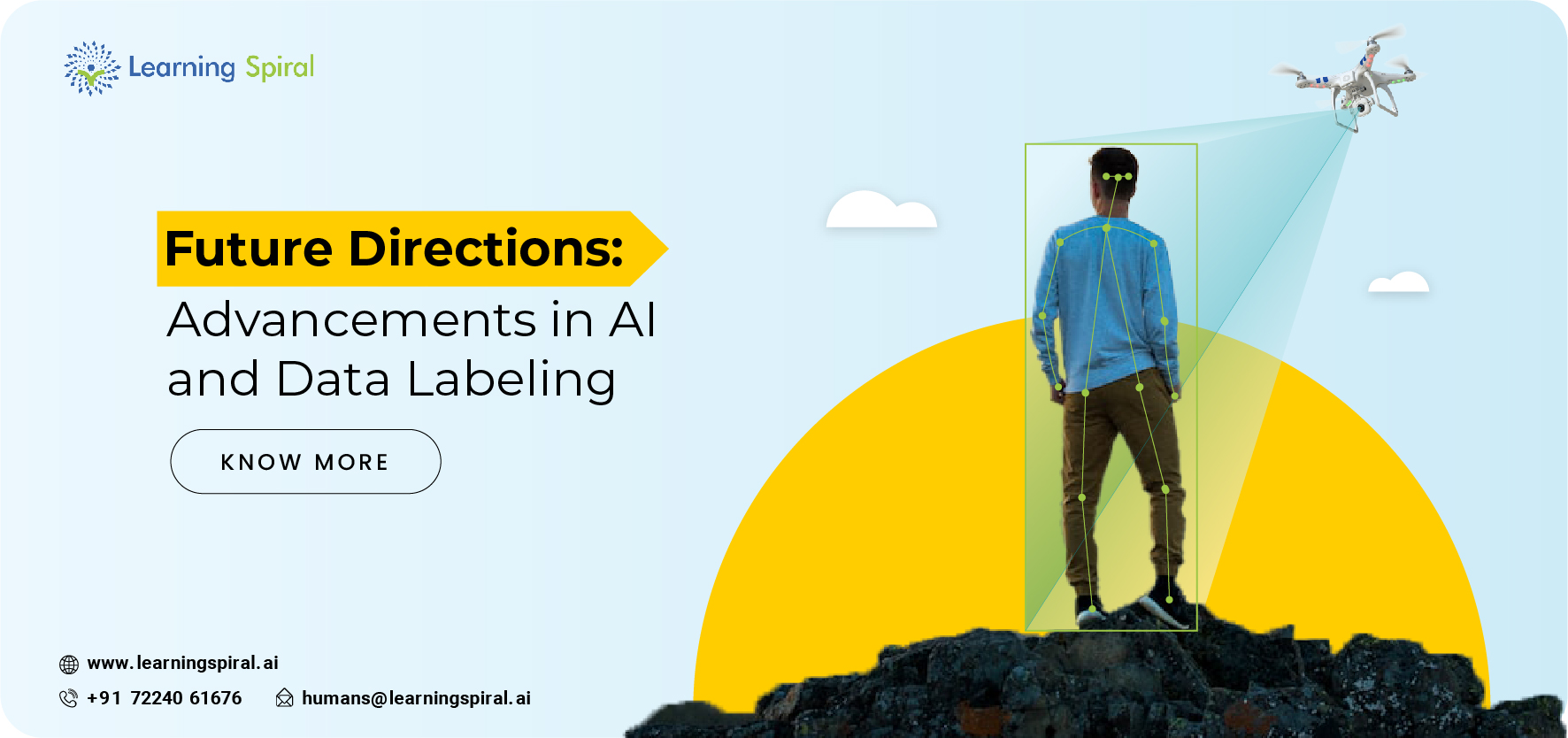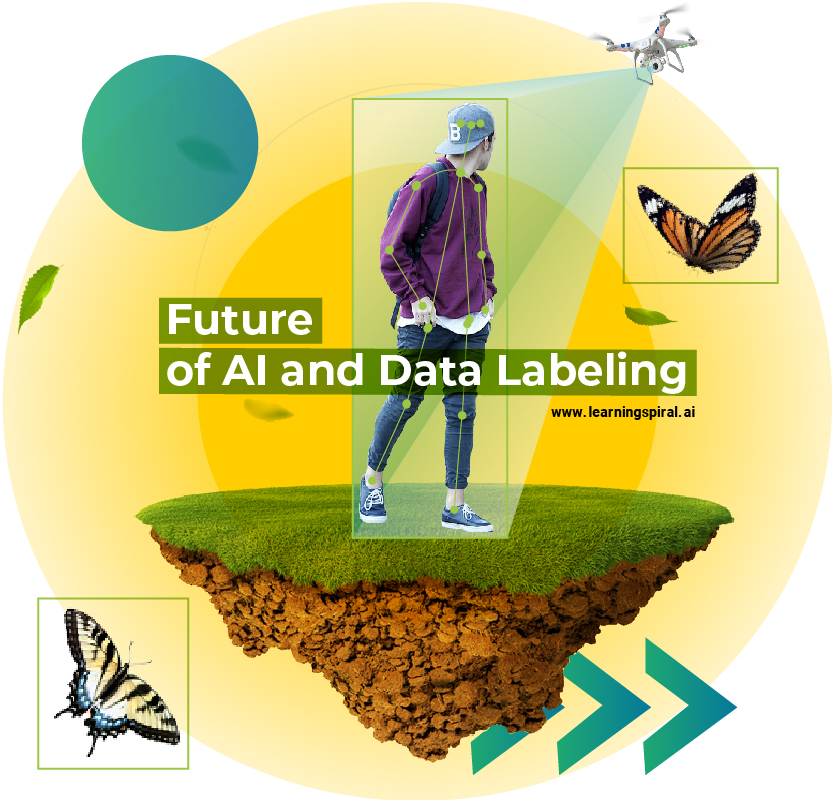
Artificial intelligence is rapidly transforming the way we live and work. Today, many tasks can be done quickly and efficiently using tools and features created by AI. One of the most important applications that AI utilizes to make things happen is data labeling. Data labeling is the process of assigning labels to data, to train AI models with accuracy.

In simple words, data labeling marks every object and element present in a text, video, or image to help AI apprehend and understand what the program is about. This way, the AI model will get better at performing its task.
Now, data labeling in traditional times needs to be done manually. This technique is still utilized as it reduces the possibility of errors but it can be very tedious. Using an AI model or feature to perform data labeling is a better option. It saves time to a better extent.
There are a number of AI techniques that are being used for data labeling, including:
- Machine learning: Machine learning algorithms can be used to learn from labeled data and then apply that knowledge to unlabeled data. This can significantly reduce the amount of manual labeling that is required.
- Deep learning: Deep learning algorithms are a type of machine learning algorithm that can learn from large amounts of data. This makes them well-suited for data labeling tasks that require a lot of data.
- Natural language processing: Natural language processing (NLP) techniques can be used to label data that is in the form of text. This is a valuable tool for tasks such as sentiment analysis and topic modeling.
The use of AI for data labeling is still in its early stages, but it is rapidly evolving. As AI technology continues to develop, we can expect to see even more advances in data labeling.
When it comes to the future, AI is bound to break boundaries and revolutionize platforms. AI algorithms will become increasingly sophisticated, which is leading to better accuracy and efficiency in data labeling. For example, deep learning algorithms are now being used for tasks that were previously thought to be too difficult for AI, such as image segmentation and natural language translation.
The advancement of AI and data labeling would help reduce the one risk many face in this sector. Yes, we are talking about privacy. With better advancements, privacy issues won’t be such a big case for the upcoming time.
AI is making it possible to label data more quickly, accurately, and efficiently. This is leading to new opportunities in a wide range of industries, including healthcare, finance, and transportation.

